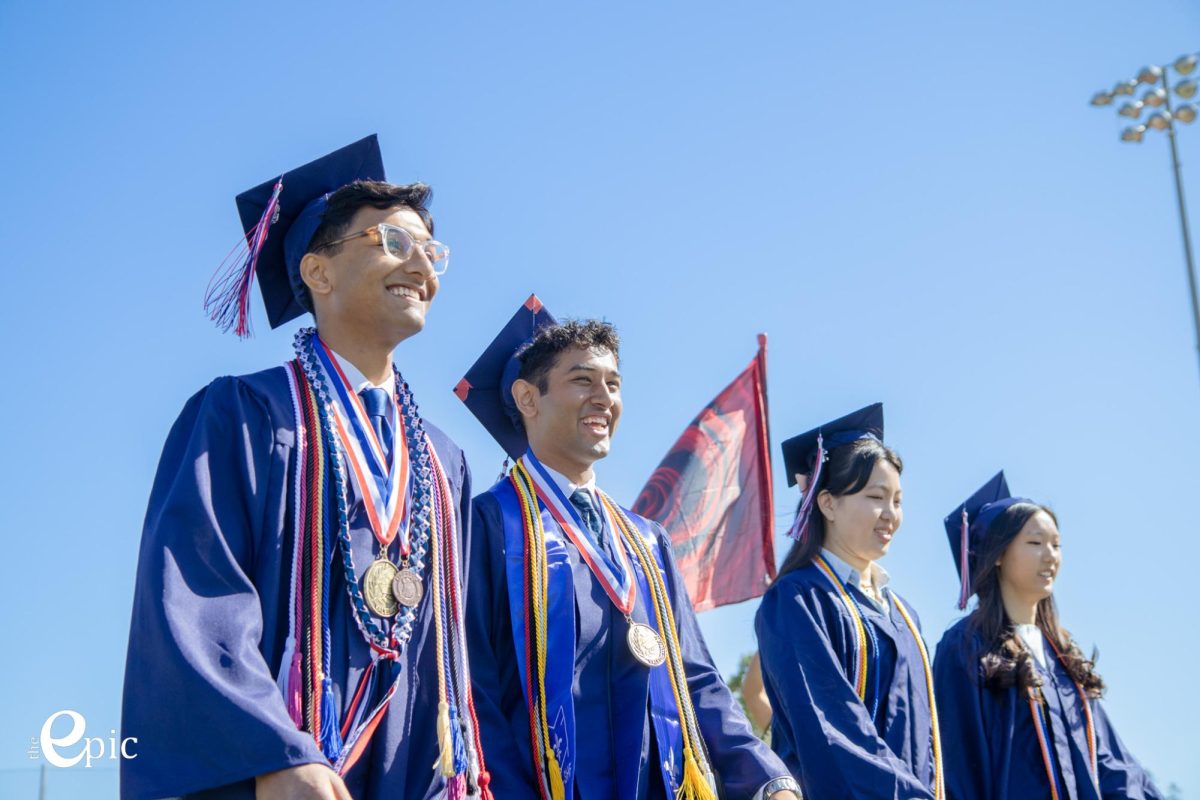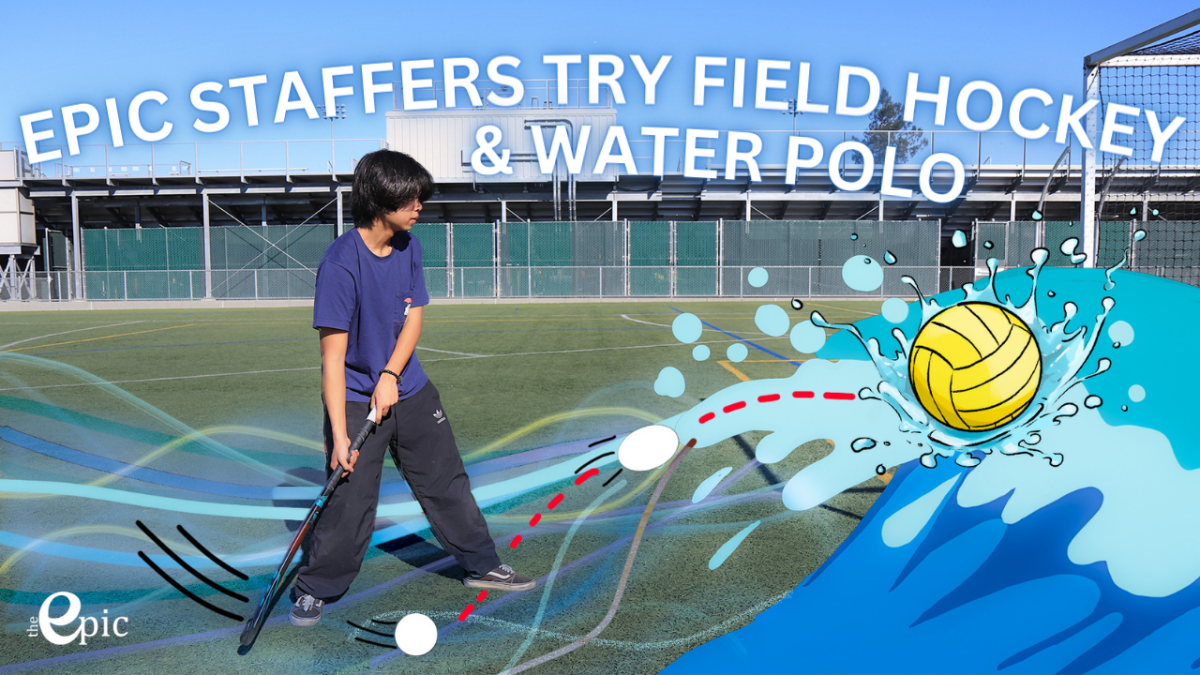Scant on-campus coaches, slim hiring windows and scarce external outreach: these are only a few of the many factors contributing to the ongoing district-wide shortage of available coaches. As a result of the shortage, existing coaches have borne the additional responsibilities of coachless teams facing the possibility of disbandment, and parents have stepped into supervisory roles at games.
“If we didn’t get a JV coach this year and no parents stepped in, we would have lost the JV team,” JV and varsity girls tennis coach Norman Tsai said.
Without solutions that address the root of the issue, coaches, team captains and parents alike must continue to shoulder additional duties. The lack of available personnel could oblige current coaches to take on two positions for the salary of one. To prevent consequent cuts to the variety of sports Lynbrook has to offer, the district could broaden its search for potential applicants by relying more heavily on hiring methods and platforms not limited to internal faculty.
For decades, the number of on-campus coaches — teachers who undertake the necessary training to become coaches — has dwindled drastically. Previous heights of 20 on-campus coaches a year are now far from attainable. In fact, this year’s six on-campus coaches are considered a record high for recent years.
“It’s easier if you’re an on-campus coach because it fits into the schedule better and you have a better understanding of high school athletics,” Athletic Director Jennifer Griffin said.
No clear remedy for the lack of on-campus coaches exists, nor can one be easily found. Faculty members have different priorities and responsibilities that may change as time goes on, preventing them from easily taking up an additional coaching position. Finding additional on-campus coaches is largely a matter of luck, and therefore out of the administration’s control.
The time frame during which applicants seek coaching positions is highly specific, ending months before the season begins, to ensure adequate time for necessary and lengthy preparations. In the case of fall sports, hiring and preparing coaches for the season takes around half a year in total. Ideally, fall sports coaches are hired in December of the previous year to early February to give ample time for spring practice managing, summer activities and scheduling matters.
“A lot goes into getting things set up,” Griffin said. “That’s true for all sports.”
After the window of opportunity passes and the current season is approaching or in full swing, sports teams have far fewer options to fill last-minute vacancies. Most applicants are no longer available because they have already found positions elsewhere.
Other obstacles in the hiring process include the platforms the district uses to advertise. The district primarily posts job listings on the website Edjoin. However, since Edjoin only promotes education positions, it frequently escapes the notice of potential candidates who are not based in education. The human resources department has addressed this lack of reach by establishing presences on other platforms such as Indeed, although they often draw candidates with the misconception that coaching at Lynbrook is a full-time position.
As a school, Lynbrook has tried other venues, especially for more niche sports like field hockey, which is relatively obscure on the West Coast. The athletic department has contacted local colleges with field hockey programs year after year to no avail. This year’s JV field hockey coach, a Lynbrook alumnus, was found through a field hockey Facebook group.
The hiring process for all coaches, including former parents of student athletes, includes rigorous training and many courses that are not only required by Lynbrook but by all districts in California. They include an 8-hour fundamentals course, as well as CPR and first-aid certification. Additional required courses vary from sport to sport: football coaches take a tackling course while water polo coaches must also be water-safety certified. When it comes to background experience in the sport, however, some teams must settle for willingness over expertise in the face of the shortage.
“We want somebody who knows what they’re doing, but if it’s between having somebody out there or no program at all, which would our students prefer?” Griffin said. “The impression I got from the girls field hockey team was they would rather have a season with a coach that might not know everything than not have a season at all.”
After the previous varsity girls tennis coach retired after the 2022-23 school year, Tsai was appointed as the new varsity tennis coach. Following the abrupt departure of a newly hired JV tennis coach two days into the season this year, Tsai also took over the JV team. Since the two teams play back-to-back games on separate sites, it was necessary to bring in two parent supervisors, not registered as coaches, to oversee one match while he oversaw the other. Though they have not undergone the training required of coaches, their prior experience with the sport gives parent supervisors a unique advantage.
“I think the parents are really supportive,” senior varsity tennis player Jeslyn Mi said. “Sometimes the parents come to our matches and then Coach Tsai goes to the JV matches.”
Practices were adjusted similarly. Due to the size of the tennis courts, Tsai only fully oversees one team at a time while the other team’s captains monitor their players.
Although the involvement of parent supervisors has been successful for the girls tennis teams this season, it is not a long-term solution. Any team without a coach has no choice but to dissolve, unable to successfully run practices or attend matches. Securing parent replacements, especially on short notice, is largely based on luck and schedule availability.
“I think the main reason we have a coach shortage is because the positions are only posted internally,” Tsai said. “They send out faculty emails and post on Edjoin, which is a website mostly only checked by teachers. So a lot of potential coaches don’t even know these positions are open.”
Near the end of the 2022-23 school year, the former cheer coach departed from the Lynbrook athletic department, leaving a scramble to secure a new coach for the following year. Members of the team reached out to coaches from other Bay Area schools through social media channels such as Instagram and Facebook.
Before last year’s Farewell Rally, the department hired Coach Janae Applegate, who worked with the girls for the rally and continued her work throughout the summer with the team, prepping them for this season’s tryouts. Applegate has years of personal experience with local competitions at both the high school and college levels.
However, not all sports will be this fortunate if the coach shortage persists in the absence of permanent, sustainable solutions. Addressing limitations in outreach is vital to ensuring the preservation of all Lynbrook sports teams.
“If you don’t have the coaches, you don’t have the teams,” Tsai said. “It’s absolutely important we solve this shortage.”












































































